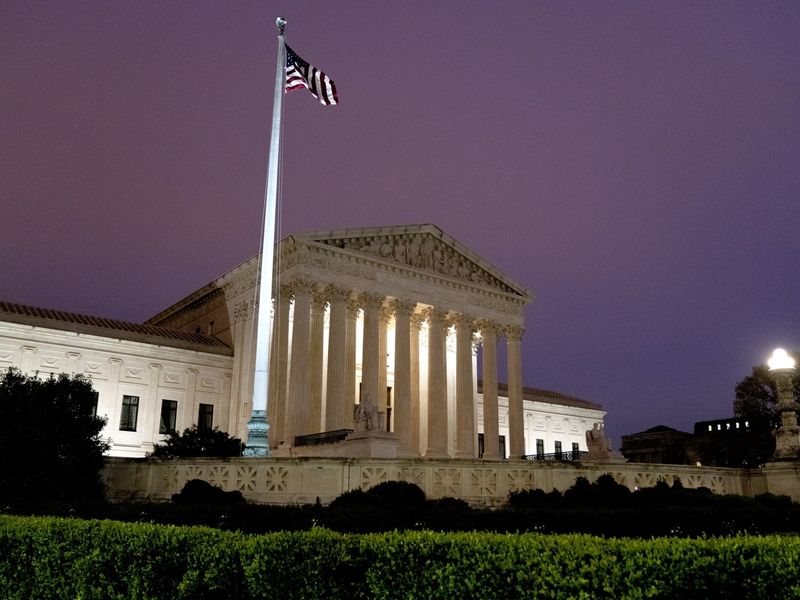
Over the past 50 years, Americans have enjoyed a remarkable reduction in pollution from cars, trucks, and buses. When it comes to emissions that pollute the air we breathe, new vehicles are roughly 99 percent cleaner than vehicles sold in the early 1970s. This is one of the crowning achievements of the federal Clean Air Act and the framework it created for regulating vehicle emissions — one that will be completely upended if the Supreme Court allows a recent lower court ruling to stand.
The decision by the 9th Circuit Court of Appeals in a case over Volkswagen’s diesel emissions would effectively give all 50 states and some 3,000 counties license to second-guess federal regulators and impose their own requirements on cars and trucks. The resulting patchwork of rules would not only impose substantial costs on automakers (which would ultimately be borne by consumers) but would also make it more difficult for them to achieve further emission reductions.
When developing the Clean Air Act in 1970, Congress debated whether states or the federal government should regulate vehicle emissions and ultimately adopted a compromise that remains in place today. It requires the EPA to set nationwide vehicle standards but also allows California (which already regulated auto emissions) to have its own, more stringent vehicles standards to address its uniquely challenging air quality problems.
Ever since, engineering experts from EPA and the California Air Resources Board have worked together to develop, implement and enforce complementary programs to regulate pollution from motor vehicles. As former heads of EPA’s air pollution office and CARB, we have watched this framework succeed from front-row seats.
Under this approach, vehicle pollution is down dramatically, meaning cleaner, healthier air for all Americans even as our population and the miles we drive have grown.
Prior to the 9th Circuit’s decision, it was understood that EPA and CARB had exclusive authority over vehicle emissions standards. That understanding underpinned a multibillion-dollar national settlement Volkswagen reached with the U.S. government and others in 2017 for evading emissions limits not only in new vehicles but via post-sale software updates to emissions control systems in cars already on the road. Such updates allow older vehicles to benefit from improvements to emissions systems included in new vehicles. These updates are now ubiquitous and are increasingly installed remotely, similarly to software updates on smartphones.
The 9th Circuit, however, held that the exclusive authority granted to EPA and CARB applies only to the regulation of new vehicles and that, for post-sale updates, officials from two counties may bring their own claims against automakers under their own local environmental laws. EPA and CARB have not yet opined on the damaging implications of this decision, but we hope they will do so now that Volkswagen has asked the Supreme Court to review the decision.
There are several reasons why the justices should hear the case. EPA and CARB have developed substantial expertise that state and local governments simply do not have and can call upon a wide variety of tools other governments cannot to improve air quality through recalls and other fixes, nationwide injunctions, and mandatory emission offsets. Giving state and local officials a say in emissions enforcement would also hamstring EPA and CARB’s ability to secure voluntary settlements or corrective actions by forcing manufacturers to consider the competing views and actions of many other parties. And, consumers will lose out if automakers view the cost of regulatory anarchy as too high to make the benefits of emissions updates available to existing vehicles or if they must charge more for new cars to reflect the additional costs of dealing with a multitude of new regulators.
We still have much work to do to address the risks posed by air pollution. The regulatory system that has served us so well for the past half century offers the best hope for continued success.

